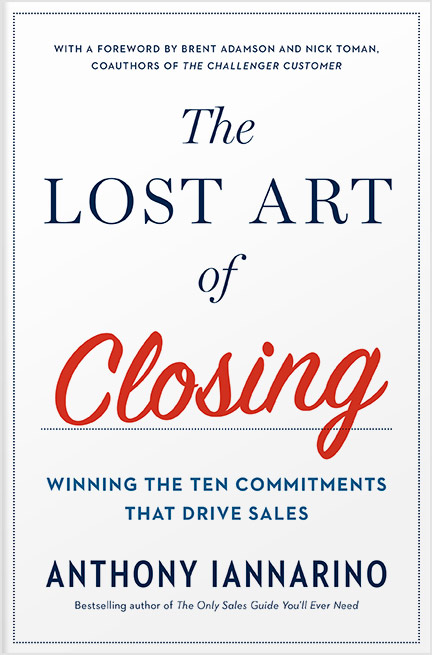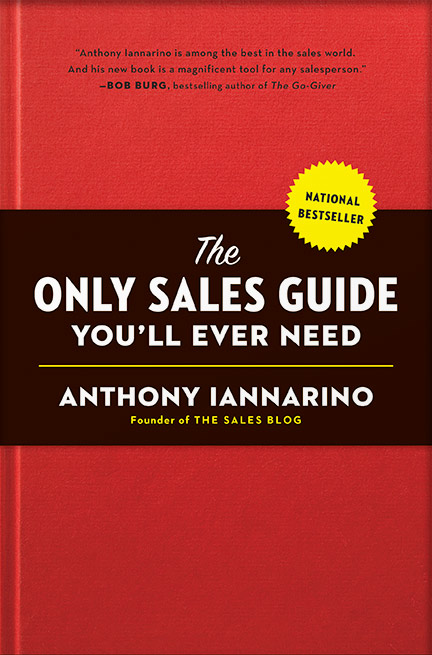The Gist:
- Most buyer’s journey models focus on how much a buyer might do on their own, without a salesperson’s help.
- Simply researching something doesn’t give you the knowledge and experience of having helped others successfully complete that journey.
- Being truly client-focused means guiding them through the decision-making process.
Basecamp One at Mt. Everest is located 17,000 or so feet above sea level, so even on the short walk from the parking lot, I had to stop and catch my breath. It was frustrating, given that I’d barely made any progress toward my goal—the terrain was so different from anything else I’d experienced, including the 12,000-foot gap between Everest’s peak and Basecamp One. It was difficult to imagine climbing to that peak when I was already struggling to bring enough oxygen into my lungs. That’s one reason I hired a Sherpa, someone who lived in the Himalayas and was adept at “mountaineering.” I could have tried to go it alone, but because I didn’t know the environment or the terrain, I needed someone with the knowledge and experience I lacked.

Going It Alone
So many articles on the buyer’s journey focus on what steps the buyer takes along the path, moving from their current state to their future state, the goal and outcome of their journey. These articles generally claim that the internet allows buyers to move very far into their journey alone, needing no help apart from a few well-phrased Google searches.
When I arrived at Basecamp One, my face and arms started tingling painfully. I had been prescribed a medicine for altitude sickness, which I was faithfully taking, but it didn’t seem to be working. Fortunately, my Sherpa had seen those symptoms before. He told me that I didn’t have altitude sickness at all, just an adverse reaction to the altitude medicine. He told me walk faster, increase my heart rate, and throw the medicine away—advice that immediately helped me feel better.
What a buyer finds on the internet may or may not be good advice, even when it’s written by credible sources. In more transactional decisions, there may be little need for a Sherpa. But for more strategic decisions, having a guide can improve the journey immensely.

What You Must See
I had been scuba-diving for years, racking up hundreds of dives, when I finally made it to the Great Barrier Reef in Australia. When I arrived and met the group I would be diving with, though, I was told that I would not be allowed to dive without a marine biologist as a guide. I bristled: I was too old for a babysitter! But the rule was non-negotiable, and the marine biologist actually showed our group all kinds of interesting plants and creatures that I would have overlooked on my own. After the trip, in fact, I started telling my scuba friends that you should always have an experienced marine biologist leading the dive, as it improves the experience tremendously.
The primary problem in most buyers’ journeys is that the buyer starts without having someone with knowledge and experience to help them overcome their ignorance—to show them what they don’t know they don’t know. In sales, as in scuba diving, professional help from a domain authority improves the journey, providing help and guidance learned through experience, or situational knowledge.

How You Should Think About the Buyer’s Journey
The right way to think about the buyer’s journey as a salesperson is to recognize that you are something like a Sherpa or a guide. As a guide, you are responsible for helping your client complete their journey without making any mistakes that may derail their success. We sometimes view deals only in terms of our own achievement, but it’s important to recognize that we actually win deals by creating value for the client and helping them with their journey.
Within that role, you can provide the information your clients are missing because they lack the experience. Having walked the path many times with other clients, you know the safest and fastest way forward. You also know where the challenging terrain lies and how to successfully navigate the tricky parts. There are factors that your client does not know they need to consider, and because they have little experience with those factors, they have trouble determining how to weigh them as they make decisions about their future results.
When you view the buyer’s journey through the lens of the guide, you can better understand your role as a consultative salesperson, one with the knowledge and experience to help clients make all the decisions necessary to successfully navigate the decision and produce the best results.

Why You Don’t Lead the Sherpa
Imagine someone showing up to Basecamp One, fresh from literally dozens of Google searches and confident in their newfound expertise, who decides to teach the Sherpa a thing or two about how best to approach the mountain. That journey is doomed to end badly—one does not simply climb onto Everest—because a decision-maker with little to no experience is acting without the counsel of someone who has greater understanding and experience.
The responsibility of a consultative salesperson is to guide the client to the better results they need, helping them every step of the way, while preventing them from making decisions that would harm their future results. Despite a recent rash of articles insisting that sellers should sell the way buyers want to buy, in reality you shouldn’t let your client start their trek (no matter how boldly they go) without the professional help they need. The sooner you engage a prospect and provide them with the insights they need to make a good decision, the better their chances of success.
The best buyer’s journey is one where the Sherpa is there at the beginning, to help them build a plan to conquer the mountain.
Do Good Work:
- What mistakes do your clients routinely make because they lack certain information or experience?
- How can you modify your sales approach to make you a more valuable guide than anyone else your prospective client might meet with as they conduct their journey?
- In what areas do you need to improve to be able to successfully guide your clients as they make decisions about their future?












.jpg?width=768&height=994&name=salescall-planner-ebook-v3-1-cover%20(1).jpg)



Comments